Bounce Rate as a Clue to User Interest
When someone clicks a link from your social media post and leaves your site without taking any action, that’s counted as a bounce. Bounce rate tells you how often this happens. It matters because it helps measure how well your landing page meets the expectations set by your social post.
If your bounce rate is high, that could signal a disconnect. Maybe your content didn’t match the promise of your post. Or perhaps the page loaded slowly or looked confusing. Bounce rate reflects user behavior—and it often speaks louder than reach or likes.
Rather than treating bounce rate as just another metric, think of it as feedback. Each bounce tells a short story about attention, expectation, and whether the content made someone stay.
How Social Traffic Behaves Differently
Visitors from social platforms often behave differently from those arriving through search or email. Social media is fast-moving and built for scanning, so users who click through may not be ready to explore or buy right away.
Someone swiping through Instagram might tap on your link out of curiosity but bounce quickly if the content doesn’t hold their attention. This doesn’t always mean failure. Social traffic is often top-of-funnel—these are people getting their first impression.
Understanding this behavior helps set realistic benchmarks. Instead of aiming for the same bounce rate as email or direct traffic, you learn to read bounce rate in context. A quick bounce might be expected for some platforms, but it can still offer room to grow.
The Role of Landing Page Content
A good landing page gives your visitors a reason to pause. If a user lands on a page that feels disconnected from your social message, the urge to hit back is strong. That’s when bounce rates rise.
Think about someone clicking a tweet that promised tips on growing tomatoes. If the page leads to a generic homepage or a product pitch, they’ll likely leave. But if it opens to a clear article with visuals, tips, and a light call-to-action, they may scroll and click further.
Matching the tone and focus of your landing page with your social post improves alignment. And when things feel aligned, bounce rate tends to drop.
Mobile Optimization and Speed
Many people use social apps on their phones. So when traffic comes from these platforms, your site needs to be mobile-friendly and quick to load. If it’s not, the visitor may bounce before even reading the headline.
A two-second delay can feel like forever in the middle of a scroll session. Clean layout, large fonts, fast-loading images—these make the page feel easy. And ease encourages longer visits.
Making your content mobile-ready is one of the simplest ways to reduce bounce. It’s less about features and more about making it feel natural for someone coming in from social.
Setting the Right Expectations
Social posts act like signs pointing toward your content. If that sign promises something exciting and the page doesn’t deliver, users leave. This mismatch is often behind high bounce rates.
You don’t need to undersell—but your headline, image, and caption should match the tone and topic of the page. Tease a story? Deliver it. Mention five ways to fix something? List all five clearly.
When expectations and delivery match, people stay longer. That means bounce rate isn’t just about content quality—it’s also about honest framing.
Using Bounce Rate to Refine Audience Segments
Not all traffic is the same. Bounce rate can help you understand which audience groups are engaging and which ones aren’t sticking around. It becomes a quiet way to spot who is really interested.
If visitors from Facebook ads bounce more than those from your Stories, maybe your ad isn’t targeting the right group. Or if people from one country leave fast while others engage deeply, that may guide content translation or localization.
Segmenting bounce rate by source, device, and geography adds insight. It helps shape future campaigns so they better match who’s actually listening.
Reducing Bounce Through Interactivity
Pages with interactive elements often encourage more time spent. Think sliders, polls, video embeds, or comment sections. These tools create small moments of involvement that lower bounce.
Someone landing on a page might not be ready to read a full article, but if they see a quick quiz or an autoplay video, they may pause. That pause is your chance to win their attention.
Interactivity doesn’t mean clutter—it’s about adding a layer that lets visitors do something simple before deciding whether to stay or go.
Tracking Bounce Trends Over Time
Bounce rate isn’t static. It changes with season, campaign, audience, and even time of day. Tracking it regularly shows whether your content is becoming more effective—or drifting off course.
When bounce trends down, it often means better targeting, stronger content, or improved site design. When it trends up, it’s a signal worth listening to. Maybe your layout broke on mobile. Maybe the topic no longer hits.
By watching bounce over weeks or months, you learn which changes matter. The trend line tells a bigger story than any single campaign ever could.
Balancing Bounce Rate with Other Metrics
Bounce rate doesn’t tell the whole story. A page with a high bounce might still deliver value if users got what they needed quickly. Think of a “Contact Us” page or a one-answer FAQ.
The key is pairing bounce with metrics like time on page, scroll depth, or click-throughs. This full picture reveals whether visitors found the page helpful, even if they didn’t explore more.
Sometimes a bounce isn’t bad. But if people are bouncing too fast or too often from key content, that’s where deeper investigation starts.
Using Bounce Rate to Build Better Social Campaigns
Bounce rate isn’t just a website metric. It’s a mirror for your social strategy too. High bounce rates from specific posts suggest the message might not be connecting—or that it reached the wrong audience.
Refining your visuals, calls-to-action, and audience targeting can all lead to better click-through quality. The goal isn’t just more traffic—it’s traffic that lands, lingers, and engages.
Treat bounce rate as a quiet partner in your campaign review. It helps shape what to test, what to repeat, and what to leave behind.
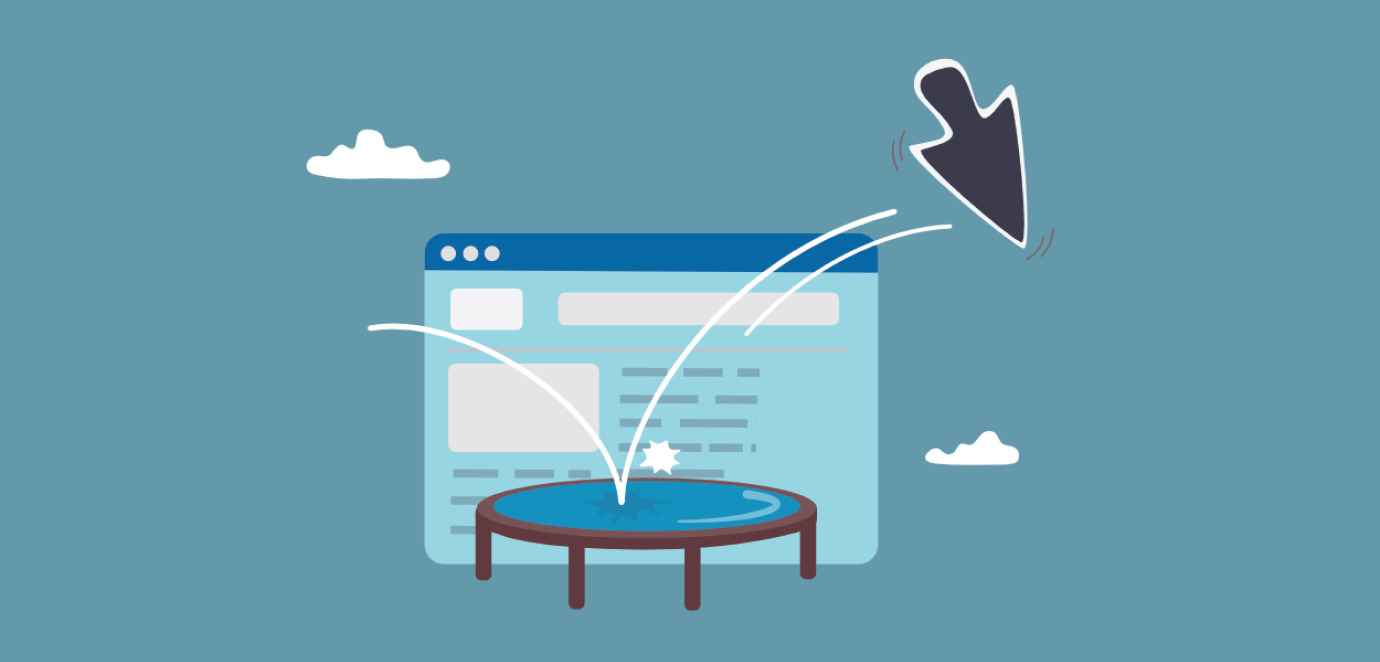
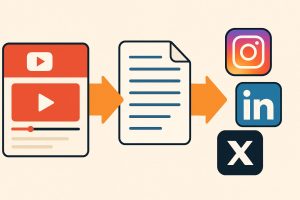






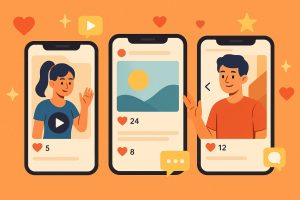
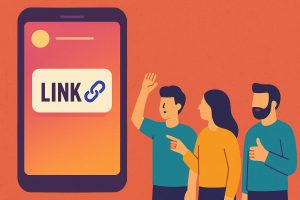
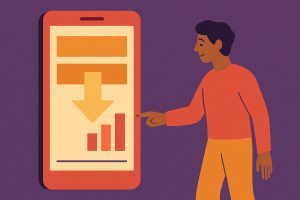
No responses yet